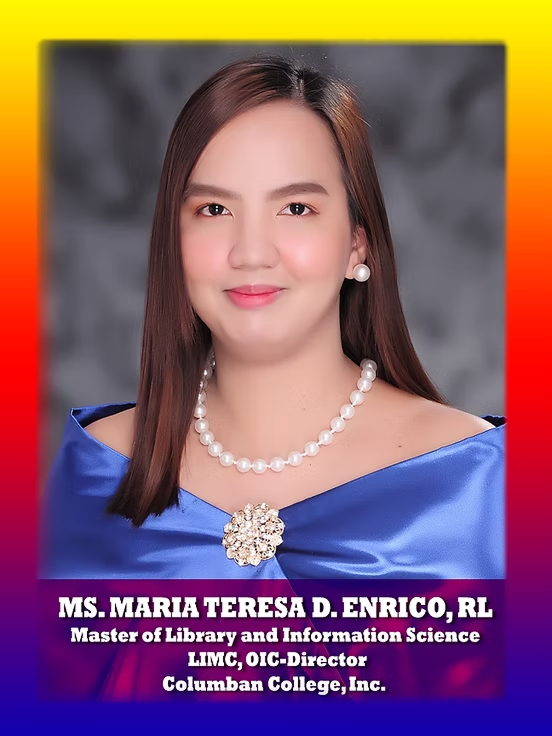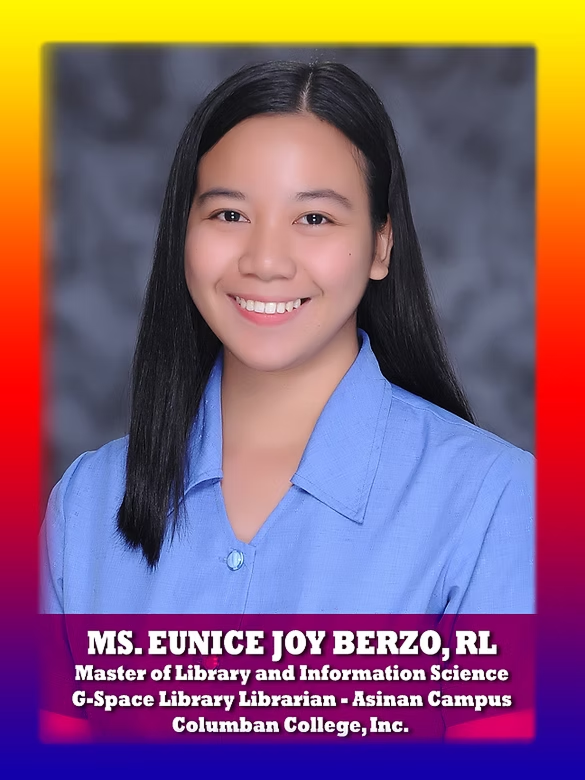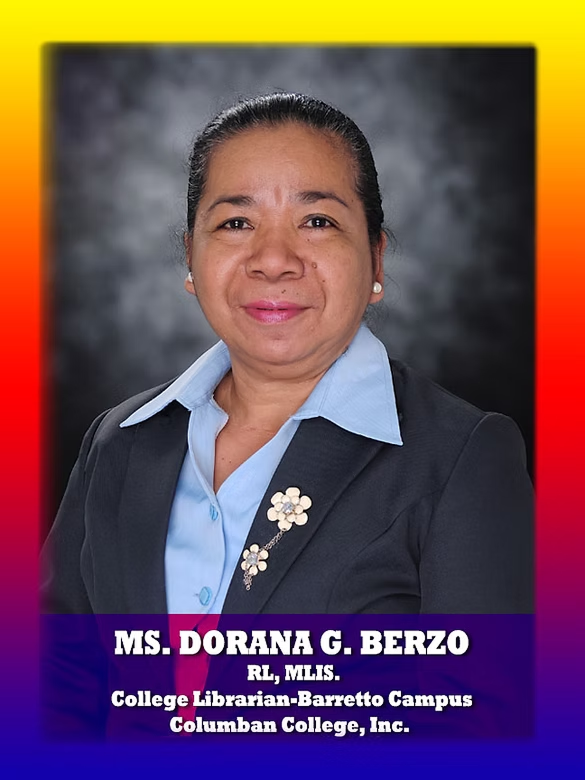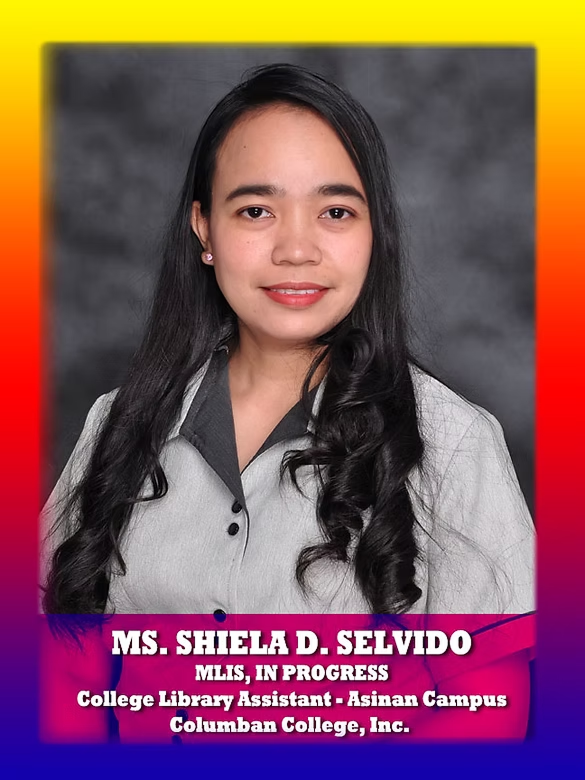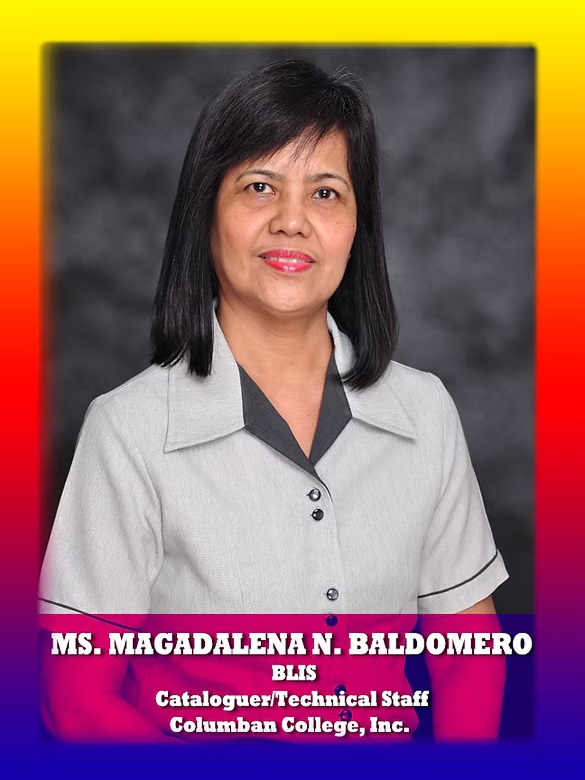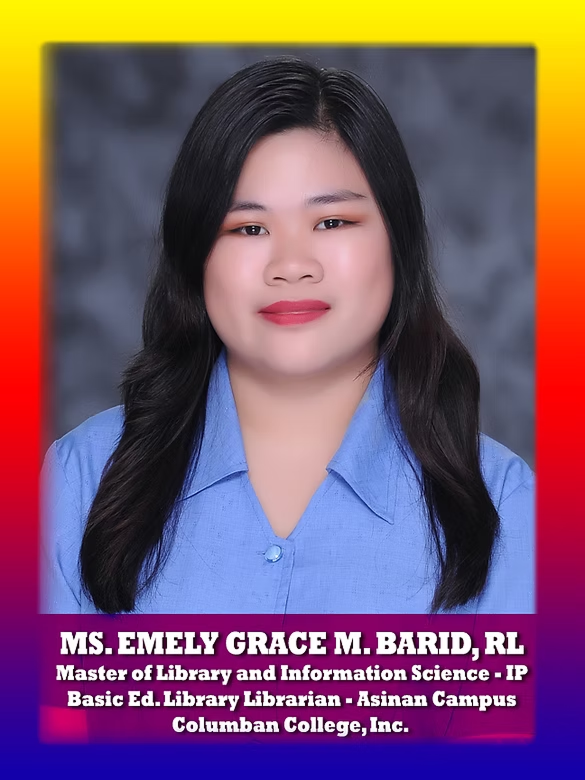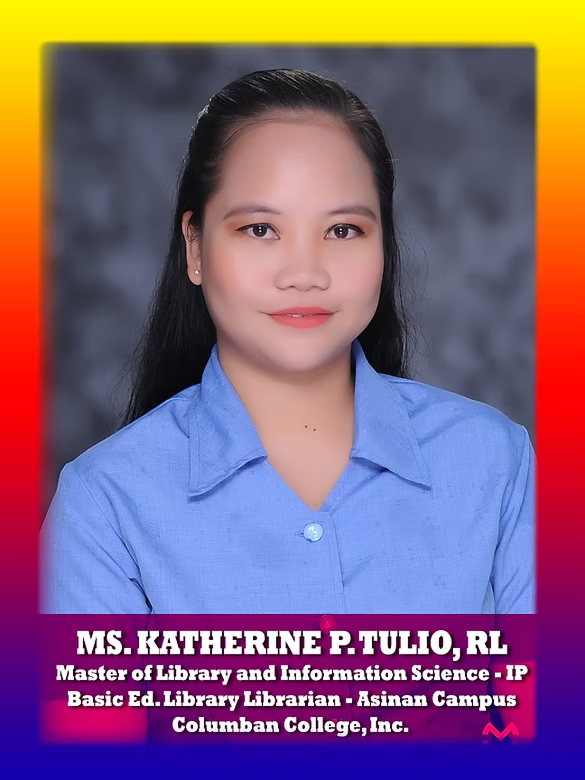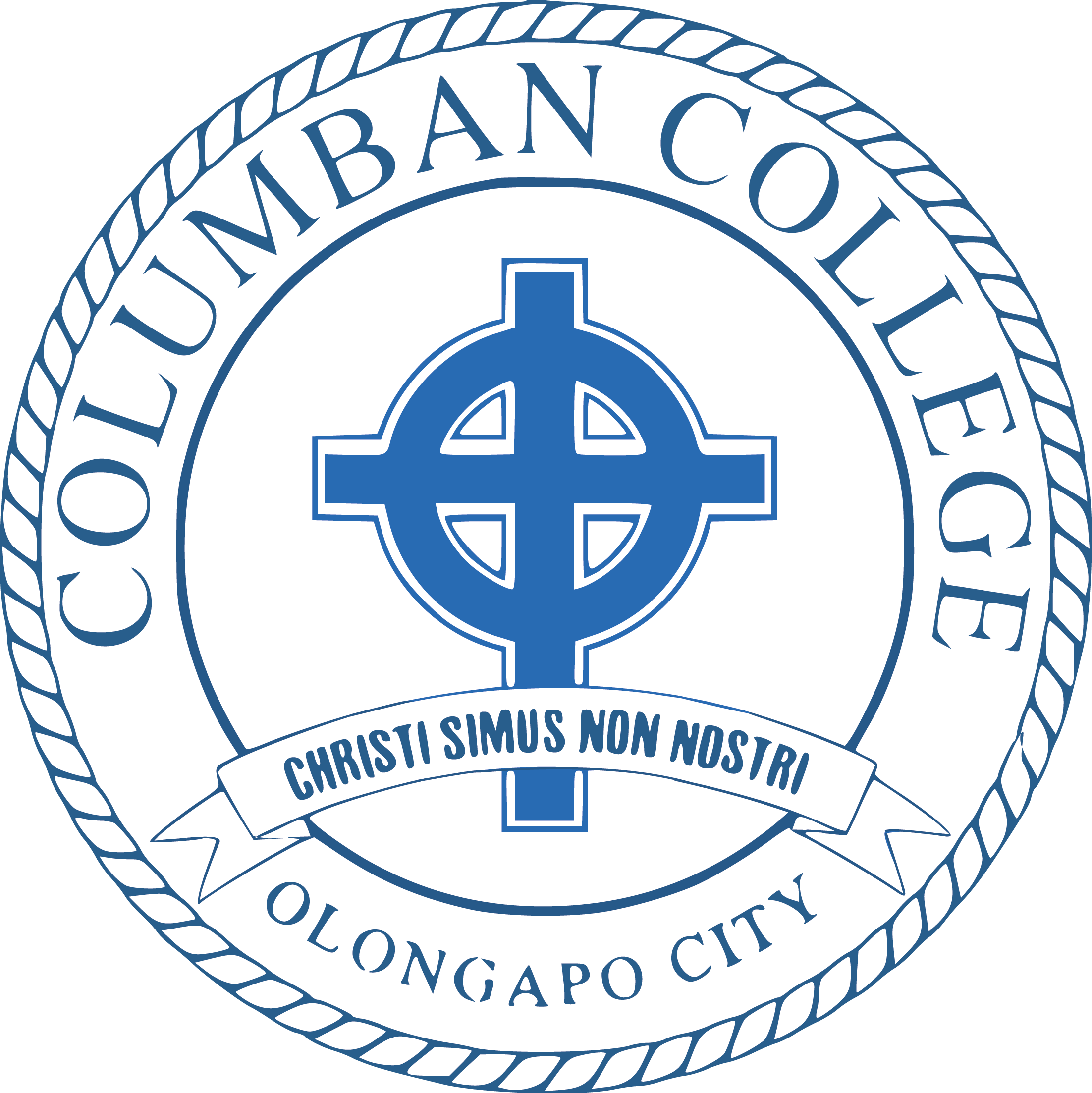

To broaden the school’s objectives, the College Library was established in 1961 and handled by Ms.
Aralar, the first librarian. The first NRJC library collection was built funded by U.S. Government known
as U.S. Naval base. It started only with a small collection of books, in a small room with no air
conditioned.
After a couple of year another new librarian who handled the library this was Mrs. Gloria Tawatao who
acted as a librarian for only two years, she is a part time librarian and also a part time teacher. The
institution that time was already known as Columban College.
Two years after, Ms. Severina Tupino took over the position. She acted as the librarian for almost 31
years. She handled the library operation with sincerity and was devoted to her work. During the time of
Ms. Tupino and those previous librarians, they were practicing the closed shelf system. At that time,
library assistant and student assistant were the one who look and took books from the shelf.
In June 1994, Mrs. Matilde Larson was named as the new Chief Librarian of the College Library. During
her service in the College Library, a vast change happened since it started in 1961.
The open shelf system was adopted in 1999; books were made available for students. Borrowers are free to
go directly to the shelves and withdraw the books needed.
In March 2000, the College Library underwent extensive renovation to ensure the long-term preservation
and security of collections and to increase user space. Renovations included an installing wall glass,
proper ventilation, additional air-conditioning, proper lighting, fire suppression and with good
security control.
Three new rooms were created, the conference room, staff workspace and the graduate library. Graduate
library was formerly located at the 2nd floor of Admin Building and was relocated at room H210 and was
merged to the College library. The space previously designated for staff was moved to other location to
give way for additional space. Two computer units were provided one for the main section or circulation
area and the other one was placed at the Chief librarian’s office.
In, addition to the physical changes associated with housing and maintaining an ever growing collection,
In January 2006, Mrs. Larson introduced OPAC or the Online Public Access Catalog, using the software
called Athena System. OPAC is a computerized online catalog of the materials held in a library, or
library system. It allows you to search the library collection quickly and easily.
It is a computerized card catalog on a sophisticated research workstation. Online searching was also
added features of the library during the time, and an additional computer units were added to
accommodate the internet services.
Year 2008, where Mrs. Larson retired with 14 years of devoted services. Also that year, Mrs. Dorana G.
Berzo took over the position as Director, Libraries and Instructional Media Center; she serves the
office with three years full of dedicated and loyal services. During here service as the Director, the
collection continued to grow at an outstanding rate. The collection grew as much as 20,000 volumes. She
has the great contribution in the completion of the Operational Manual and Handbook of the Library. At
present she is the Chairperson of BLIS (Bachelor of Library Information Science and con-current
acquisition librarian.
On June 2011, Mrs. Raquel F. Queyquep has been appointed as the new Director of Libraries and
Instructional Media Center. She is the former Dean of the BLIS (Bachelor of Library & Information
Science) Program, She started the new integrated system which is the Platonixz. Four (4) computer units
were added together with accessories such as barcode scanner and upgrading the old computer units to
cope with the new system. The computerized system in the library is a great help in providing easy
access of the library materials to the library users.
The Libraries and Instructional Media Center envisions itself to become the center of knowledge and information Equipped with the state-of-the-art resources for a highly intellectual inquiry among its clientele
The Libraries and Instructional Media Center is committed to
1. To support a culture of learning by providing updated and relevant resources and services.:
2. To improve user services and access to information.
